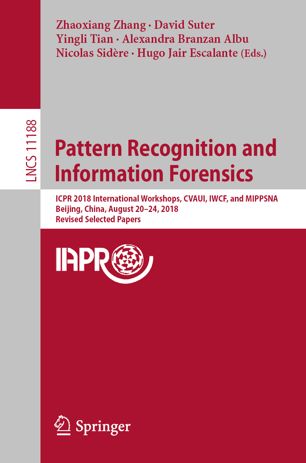

Most ebook files are in PDF format, so you can easily read them using various software such as Foxit Reader or directly on the Google Chrome browser.
Some ebook files are released by publishers in other formats such as .awz, .mobi, .epub, .fb2, etc. You may need to install specific software to read these formats on mobile/PC, such as Calibre.
Please read the tutorial at this link: https://ebookbell.com/faq
We offer FREE conversion to the popular formats you request; however, this may take some time. Therefore, right after payment, please email us, and we will try to provide the service as quickly as possible.
For some exceptional file formats or broken links (if any), please refrain from opening any disputes. Instead, email us first, and we will try to assist within a maximum of 6 hours.
EbookBell Team

4.3
98 reviewsThis book constitutes the refereed post-conference proceedings of 3 workshops, held at the 24th International Conference on Pattern Recognition, Beijing, China, in August 2018: the Third International Workshop on Computer Vision for Analysis of Underwater Imagery, CVAUI 2018, the 7th International Workshop on Computational Forensics, IWCF 2018, and the International Workshop on Multimedia Information Processing for Personality and Social Networks Analysis, MIPPSNA 2018.The 16 full papers presented in this book were carefully reviewed and selected from 23 submissions. CVAUI Workshop: The analysis of underwater imagery imposes a series of unique challenges, which need to be tackled by the computer vision community in collaboration with biologists and ocean scientists. IWCF Workshop: With the advent of high-end technology, fraudulent efforts are on rise in many areas of our daily life, may it be fake paper documents, forgery in the digital domain or copyright infringement. In solving the related criminal cases use of pattern recognition (PR) principles is also gaining an important place because of their ability in successfully assisting the forensic experts to solve many of such cases. MIPPSNA Workshop: Its goal is to compile the latest research advances on the analysis of multimodal information for facing problems that are not visually obvious, this is, problems for which the sole visual analysis is insufficient to provide a satisfactory solution.